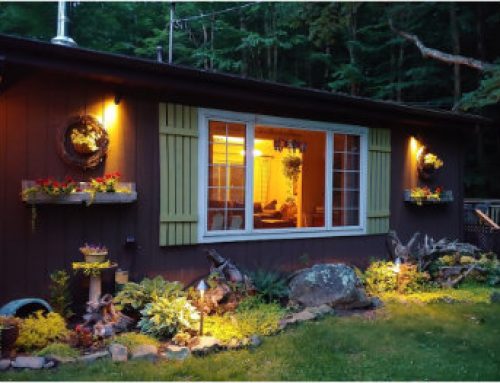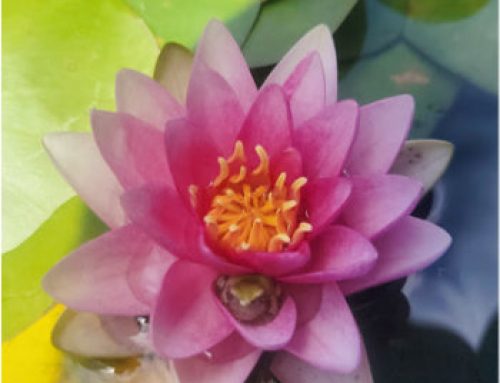
As Summer is quickly approaching, a common question we run into is, “how much does exposure to the sun, effect algae growth in my pond?”
Like most answers when it comes to ponds and water features, the correct answer can range from a little to a lot. Every pond is different in how it responds to sunlight and for some ponds sunlight exposure is a primary issue.
Large and deep ponds tend to have less of a problem with sun exposure. Smaller ponds, commonly found in backyards and even large ponds that are shallow can be problematic regardless of what other treatments might be used to control algae growth.
Like all plants, algae can thrive with adequate sunlight exposure. However, the light isn’t the only thing it requires to grow. Algae must have adequate nutrients in the water to support it, and when this is combined with sunlight, most algae types can begin to take over a pond.
Now before we start buying canopies to shade your pond, keep in mind that most fish do best with some sun exposure. Also, keep in mind if you intend on keeping a water garden with a few plants, these need a fair amount of sunlight every day.
What’s right for your pond? For koi and fish ponds a few hours a day is commonly fine. However all day sun exposure is not. For water gardens, you can expect to up the amount of light to about 4 to 6 hours a day.
For small ponds, the most logical and natural way to control sun exposure is to use desirable plants such as lotus or water lilies. These will provide shade to the pond and to your fish. These plants will also help control algae by absorbing the same nutrients that algae would normally thrive on. Plants are certainly the preferred method of “shading” your backyard pond.
Keep in mind that a few plants, may not be enough. Several pond experts suggest covering up to two-thirds of a pond’s surface area with plants. I’m sure this is more than many owners would like to see in their pond, but the choice is yours. If you rather not have that many plants, structural shading is another option.
You could use a larger patio umbrella for light control. Other pond owners have planted trees near their pond to block out the sun but remember that it will be important to keep falling leaves and other debris under control.
Larger ponds are obviously more difficult to keep shaded but typically when algae are present in a larger pond, the main cause is from high nutrient loads from run-off or organic debris build-up at the bottom of your pond. The exception to this is very shallow bodies of water that often are very problematic with algae issues.
In larger ponds that are no deeper than 6 feet, the best option to control algae growth is a combination of shading & beneficial bacteria. The light restriction limits it’s stimulating effects on the pond bottom. The added shading will also assist in protecting the natural bacterial activity in the pond as well, as some bacteria can be stressed and negatively affected by high temperatures and long-running sun exposure.
No matter what size of pond you may have, sunlight can be a great blessing but also a curse. It can add to the overall health of the pond but also be a strong stimulant to unwanted algae growth if certain conditions exist. Fortunately, now you have a few options to assist you in the case of sun exposure and algae control, and all of them are relatively inexpensive and safe options for your water feature.



